Tying or being tied semenawa-style is quite popular in today’s Japanese inspired rope scene. Semenawa is often understood as ‘torturous rope’, but is a context-dependent and nuanced term that can be understood in a variety of ways. Some popular understandings of semenawa that I found after a brief scrolling session on the kinbaku-minded-internet were: “[…] giving more than enough” (Wildties) (4), “[…] going out of your personal comfort zone, coming close to your limits, dancing on the edge” (Natasha Nawataneko) (4), “[…] that need for surrender regardless of who ties and who is tied” (Wildties) (4), “[…] no choice but to endure” (Yukimura) (1), “[…] to break down inhibitions and expose what lay deep behind the ‘walls of protection’ that we tend to build around us” (ReikaKinbaku) (3) and “[…] particularly suited to those qualities you potentially find more easily in a mature heart” (RedSabbath) (2).
What I could not find during my brief internet scroll was a perspective on semenawa by RopeMarks. Luckily, I don’t have to Google when it comes to getting answers from RopeMarks. I can simply ask him. So that’s what I did. My never ending questions – and his endless answers – resulted in a two-hour conversation on semenawa, what it is and what it is not, on the impact of commercialization and on the importance of seeing semenawa as relational. You can read the most interesting bits of our conversation below, re-written and edited by yours truly. In the first part, we talk about what semenawa is not and about the impact of commercialization. In the second part, we talk about different misunderstandings of semenawa and about whether semenawa can be equated to ‘hardcore’ rope. In the third and last part, we switch roles: RopeMarks also asks the Shady Lady questions about her views on semenawa.
Part 2/3
the Shady Lady: Do you think that there are any popular misconceptions of semenawa?
RopeMarks: Yes, I do. I sometimes hear riggers say to their models: “it is supposed to hurt like that, because it’s semenawa” but when you watched the scene you know the rope is causing the model bad pain. The rigger might respond like that out of insecurity, shame or fear to lose their ‘dominance’ by admitting they made a mistake with tying. This happens more often with an inexperienced rigger and model. In some sense, it’s the deaf leading the blind. I see Western ego’s who don’t want to spend the time learning the craft of kinbaku, but want to suspend (or be suspended by) as many people as quickly as possible. These are people I call weekend warriors: they spend their weekends on rope and are pushing themselves too far and too fast, seduced by what they see on FetLife and Instagram. This has the risk that serious problems and bad kinds of pain are pushed in the category of semenawa, when they have nothing to do with semenawa.
Quite recently, I also overheard a model say that they wanted to get out of the tie. Then I heard the rigger say: “no, just hang on for a little bit, because I want to take a picture first”. If you say something like that as a rigger, you have no clue what you are talking about. You have no clue about the life changing mental and physical damage that can be done in those few seconds. If a rigger cannot understand the urgency of that request, sorry, but their thumbs should be cut off, so they can never tie again.
the Shady Lady: It is an interesting perspective, because in my view, many models and riggers think pain and suffering are essential to semenawa. It is especially interesting because I feel some people tend to see you as a rigger who is not very ‘hardcore’. What do you think of this yourself?
RopeMarks: My idea is that ‘true’ Japanese bondage is never really that hardcore, meaning that it has to include a lot of pain and suffering. I think sadism is easier to define. Sadism can be incorporated into kinbaku or semenawa, but it is not the same. What ‘counts’ as semenawa or ‘hard’ bondage all depends on the relationship between the rigger, the model and the intention that they share. During one of our [the Shady Lady’s and RopeMarks’] last performances, I transitioned you 9 times within a time span of roughly 25 minutes. Some would see that as extremely hardcore. But for me and you, it was not. We tied well within our limits, which made it an overall comfortable experience for us. That means it’s not ‘hardcore’ to some, but it is hardcore to others.
Another example is that Japanese riggers tend to tie more loosely than Western ones. If I tie you very tightly, you will probably tell me that it feels nice and secure, and when I would tie you more loosely, it would not feel good to you. So, what counts as hard in kinbaku or semenawa?
This might also be a reason why whipping the model is often a part of rope in the Japanese tradition. The rope itself is not where the sadism is. When we attended Naka’s and Iroha’s performance and workshop last year, we could see that Iroha was able to sustain the ties almost flawlessly. So, was that hardcore? Or were they just sharing an intention and tying within their abilities?
Each model of course has a breaking point. What I often see in Western interpretations of semenawa is that the model is put in one position for a long time, with few transitions if at all, until a model ‘breaks’ and shows emotional catharsis through crying, drooling or screaming. I am not sure whether that is at the heart of semenawa: to me, this seems like a blunt and easy instrument (a ‘botte bijl’ in Dutch) to reach a breaking point. If that breaking point is what you want to get, go for it! But is that the essence of semenawa? I do not know. I think you could miss some of the subtleties and nuances of semenawa, but I am also not sure of this. Also, in my opinion, you don’t do transitions for the sake of transitioning, you do it for the sake of increasing the airtime and experience of the model without them having circulation or nerve issues. A by-effect is that they make it easier, or harder, for the model.
So to come back to the question, yes, I do think that I can be ‘hardcore’. I look at you, and determine whether more can be done or not. When we tie for a performance we don’t really push boundaries as much, we need to know that things will go well in front of an audience. Because I tend to work with experienced models, and others see me as an experienced rigger, it might not look hardcore from the outside, because we work within our limits, even if those limits might seem extreme or hardcore to onlookers. But you also know that when we tie and play without the eyes of a public, it looks and is more hardcore.
the Shady Lady: Some people understand semenawa as an emotional journey through the depths of the psyche of the model. What do you think of this?
RopeMarks: I don’t really like that. It is a way in which people indeed fantasize about kinbaku. It is like a sentence from a novel, where the model is taken on a journey by the all-knowing rigger. Being reborn by the intense experience of a droplift, bla bla bla. I think this is more a fantasy to describe (or even sell) kinbaku or semenawa, but it is not reality. There is an ideal world, where the rigger is an ultimate being who can completely understand and see through the sexuality and desire of the model – without them having to speak about it – as if the rigger can just read it in the air. That is of course total bullshit. If you don’t tell me what you want, you won’t get it. Only, maybe, after a long time of tying and knowing each other (in a vanilla context as well), I might start to know somebody so well that I can start reading them. But even then, verbal communication is always an essential part for both parties to get out of a scene what they want. Most riggers (including myself) are trying and learning as they go, and the same goes for models [the Shady Lady: this also goes for me].
I do have the feeling that if you do kinbaku regularly for a long time as a model, you can start to understand yourself differently. It can lead to insights about yourself, your body and your emotions. But I think this tends to happen when you tie regularly with the same person(s). In my view, it is very difficult to do semenawa with somebody you do not know well, or have only tied with a few times. How can you feel each other’s energy, know where the boundaries are and know where they can be pushed? People tend to see semenawa as something that can be easily ‘applied’ to models they barely know. Semenawa might happen on very rare occasions with people you don’t know well, but that is not common in my personal experience. There can be fun or sexy play, there can be surrender, there can be attraction and connection but in my experience, there is no semenawa, at least not yet.
Stay tuned for part 3!
Part 1 | Part 2 | Part 3 | Semenawa on RopeMarks | the Shady Lady | RopeMarks
Translations
Update #1: I’ve noticed that after this interview there has been some discussion on the topic of semenawa. I don’t know if these where triggered by this interview or it was accidentally timed just right. In either case, it doesn’t matter much, but people I hold knowledgeable on the topic of Japan, Japanese language and Japanese bondage have come with articles on the topic. I want to add these to this interview to provide a broader view on “semenawa”.
- Nuit de Tokyo, “Random boring and worthless thoughts on “seme”, the word.”
- (1) https://www.kinbakutoday.com/aibunawa-and-semenawa-pleasure-and-endurance/
- (2) https://www.kinbakutoday.com/the-value-of-a-mature-heart-in-semenawa/
- (3) https://www.reika-kinbaku.net/post/seme-in-japan-and-kinbaku
- (4) https://discoverkinbaku.com/en/the-power-of-surrender-some-thoughts-on-semenawa-from-a-bottom-perspective/

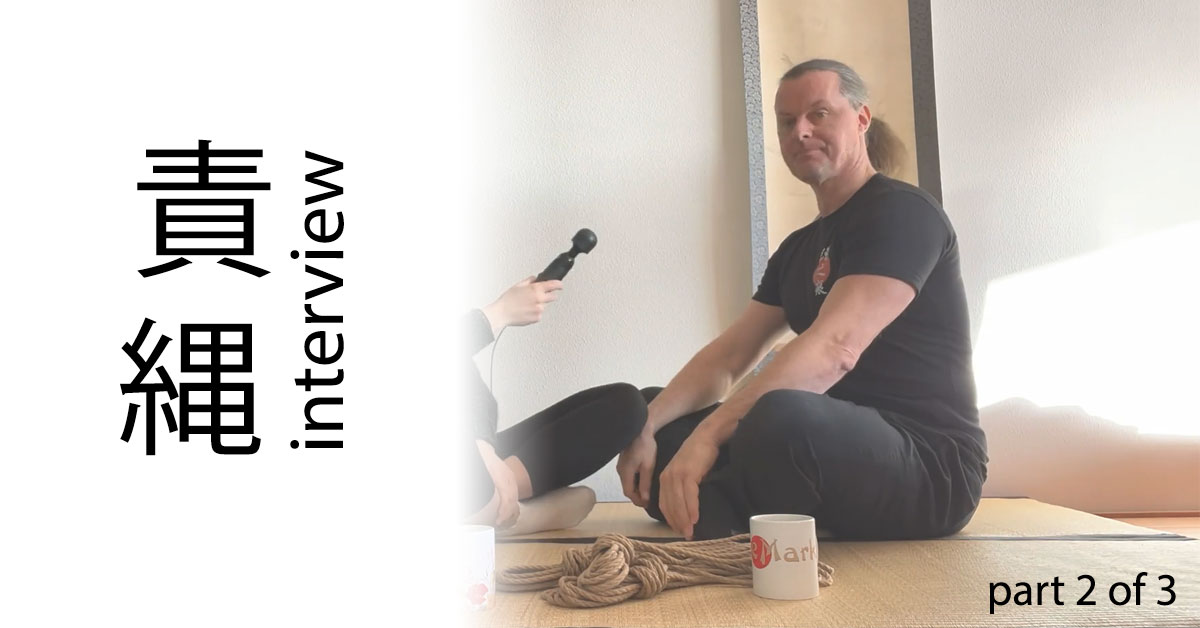

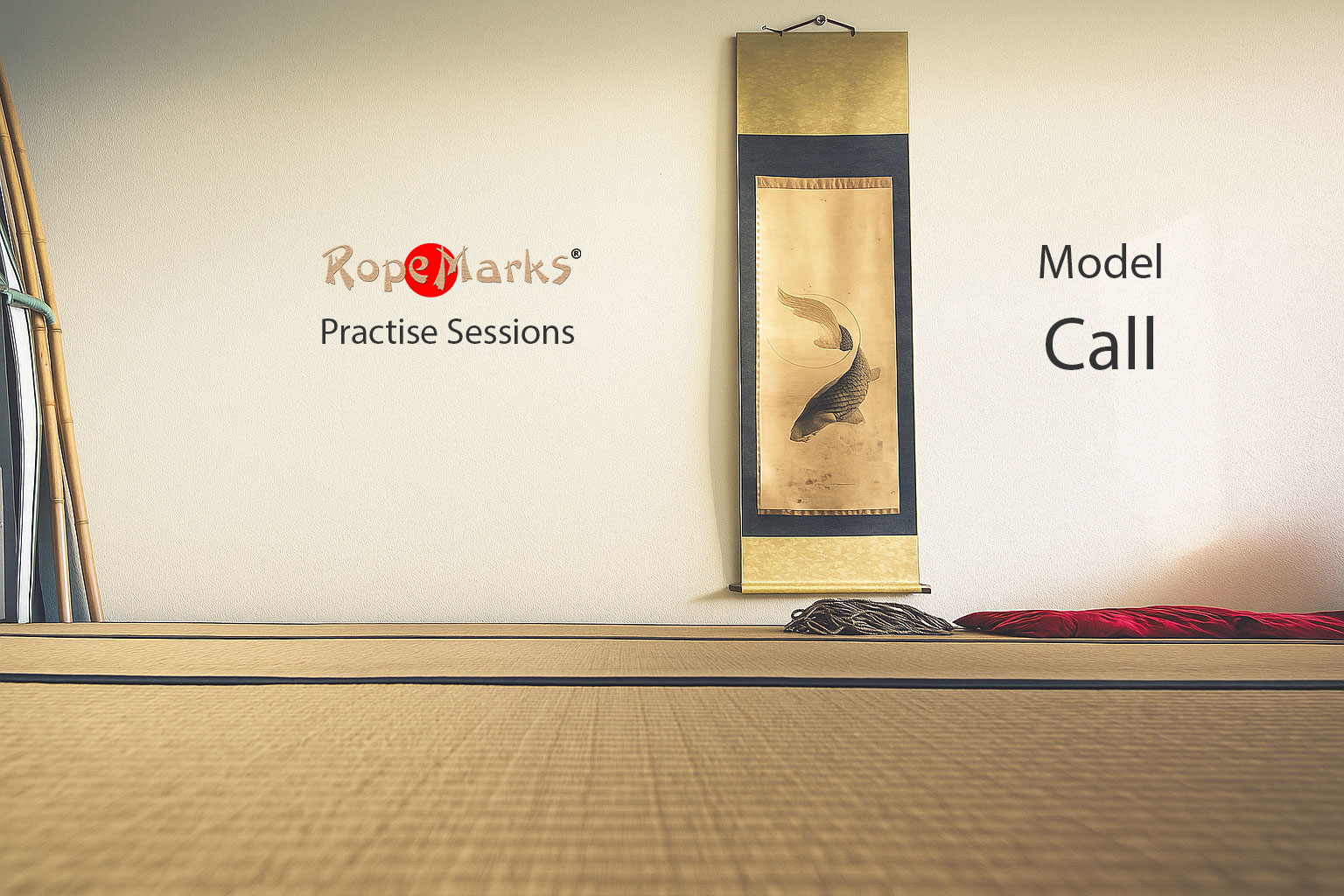

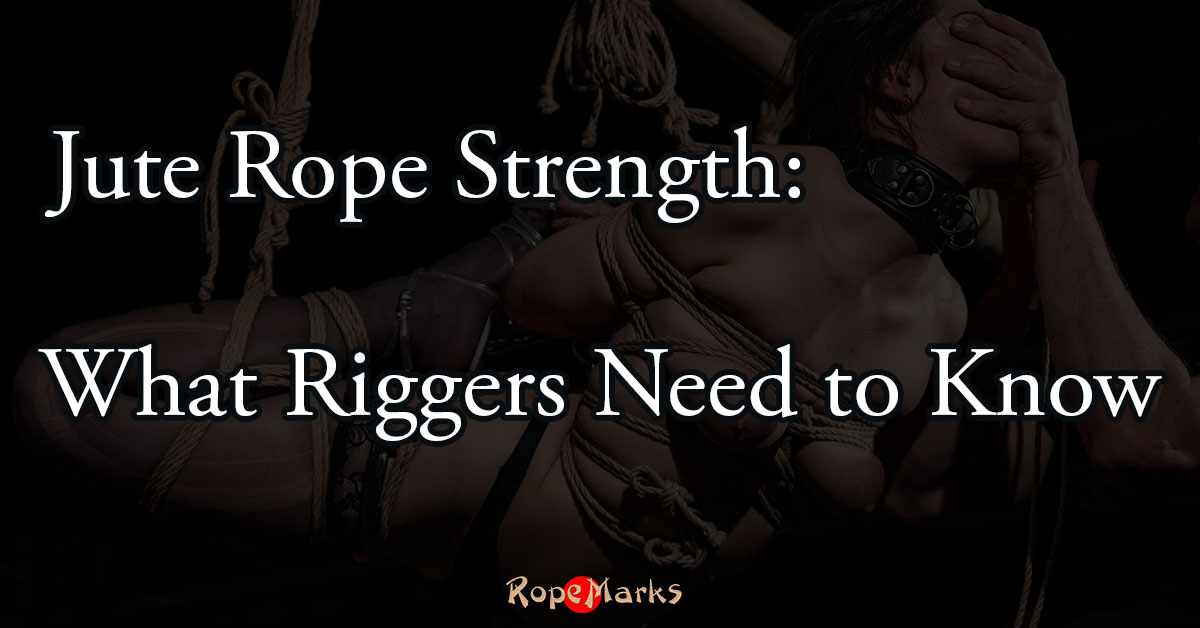
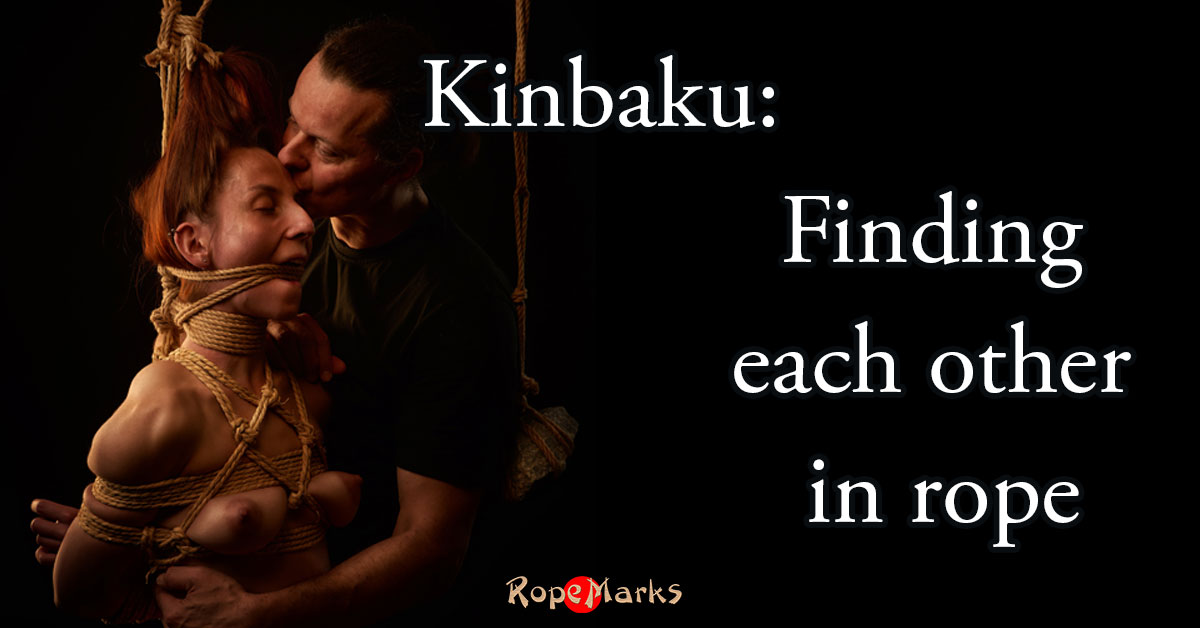
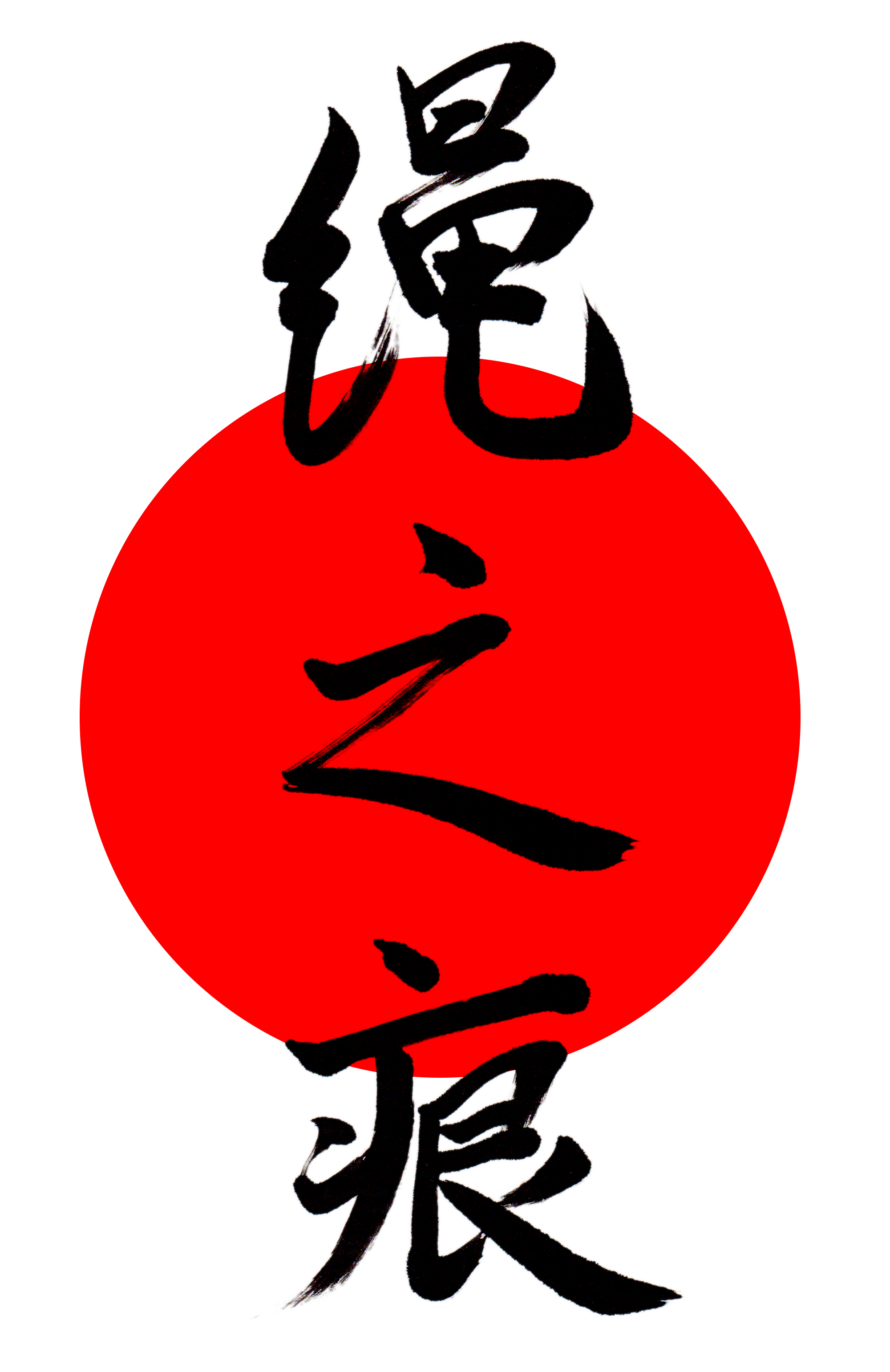




Leave A Comment